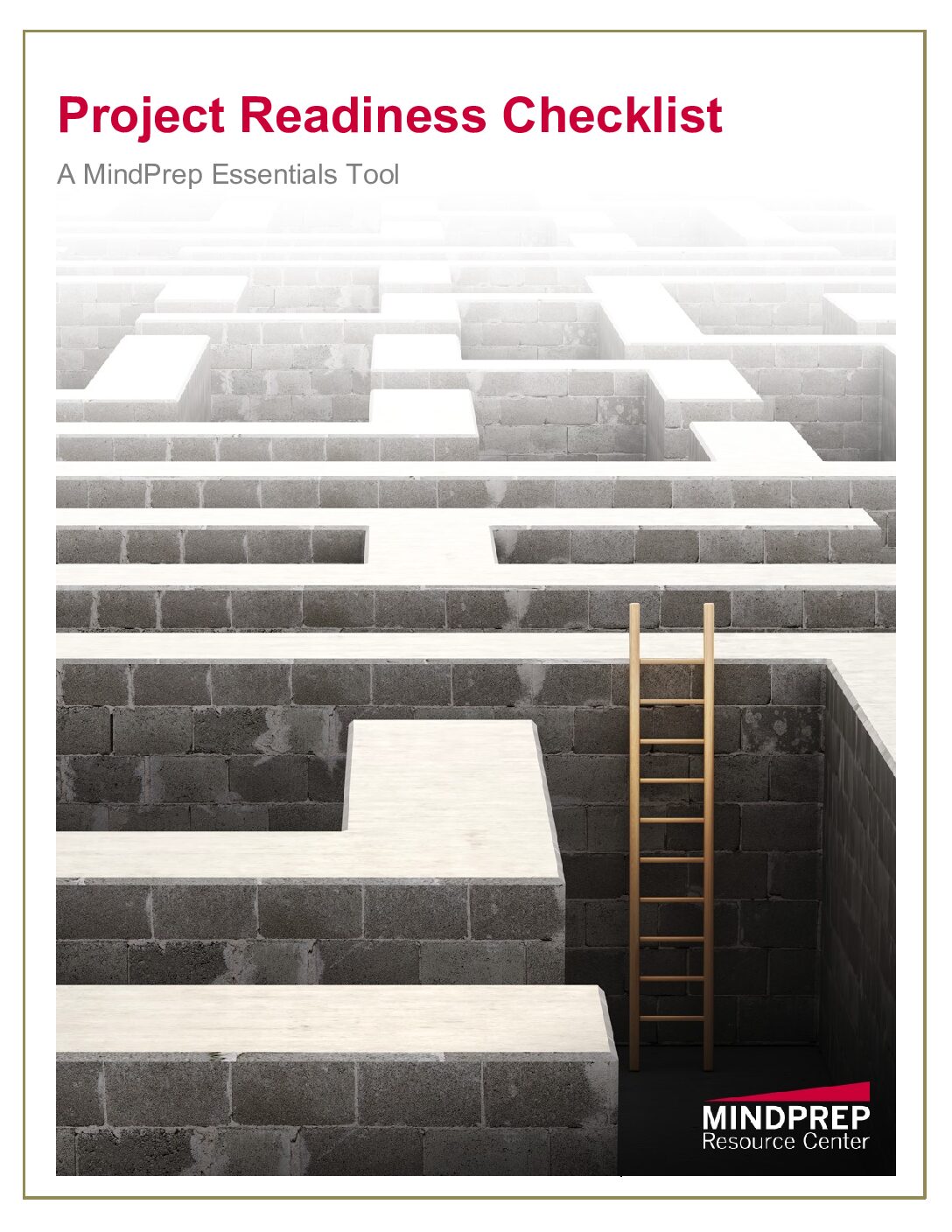Bad Thinking – 10 examples

At the same time as some of our politicians and state education departments are trying dumb-down academic requirements I see too many examples of bad thinking in our world.
Here are ten examples of well researched modes of bad thinking. Note: I’m just scratching the surface.
- A person researching climate change only reads articles and sources that support the idea that it’s a natural phenomenon, ignoring overwhelming scientific consensus that human activity is a significant factor. This is called confirmation bias.
- Accepting a medical treatment recommended by a celebrity without considering whether they have any actual medical expertise. This is the “appeal to authority trap.”
- Joining a particular social media trend or supporting a cause solely because it’s currently popular, without understanding the underlying issues. This is the bandwagon fallacy.
- Discrediting a politician’s argument by labeling them or pointing out flaws in their personal behavior rather than addressing the merits of their policies. This is an ad hominem attack used to avoid this real issue.
- Assuming that you must choose between pursuing a high-paying but unfulfilling job or a low-paying but personally meaningful career, without considering other options. This false dichotomy was all too common during the recent “quiet quitting” phenomenon.
- Negotiating the price of a used car based on the initial, inflated asking price rather than considering its fair market value. The seller has tricked you with the anchoring bias.
- Assuming that vaccines are more dangerous than the actual disease because of news reports of singular, but dramatic incidences. You have tripped on the availability heuristic.
- A person smokes cigarettes, or drinks too much, or uses recreational drugs and knows the health risks but rationalizes their behavior by downplaying the risks or assuming they won’t be affected. Cognitive dissonance is the trap.
- Continuing to invest in a failing business project or start-up because of the time and money already put into it, even if evidence suggests it won’t succeed. This is the famous “sunk cost” fallacy.
- Sharing a news article on social media without verifying the source’s credibility, leading to the spread of misinformation. Are you afraid of skepticism or just lazy?
These are just some examples of bad thinking. Learn how to use critical thinking skills in “the real world.”
Thinking is not just for egg heads. Want to help yourself? Take a look at our self-study courses HERE.
Never miss out!
Get an email update every time I publish new content. Be the first to know!

